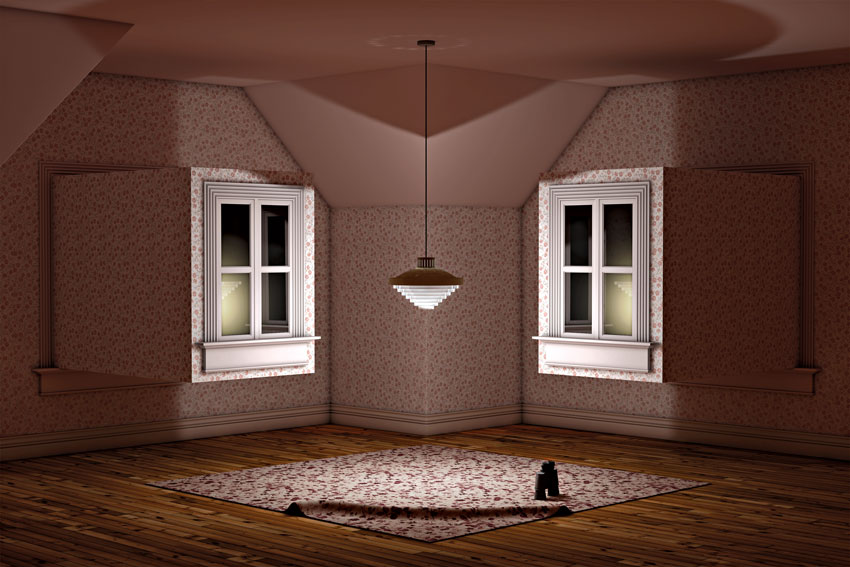.svg)
Last year a triptych of portraits by the famed British artist Francis Bacon, became the most expensive artwork ever sold when it fetched £89.6m at auction. The subject of those paintings, the artist Lucian Freud, is also the subject of a fascinating memoir, Breakfast with Lucian (Farrar, Straus and Giroux), which gives us a biography of Freud as seen through the lens of his late-in-life friendship with The Mail on Sunday editor Geordie Greig. Greig draws upon his own experiences as a member of Freud’s inner circle, and on conversations with many others who knew Freud throughout his lifetime, to create a frank and unflattering portrait of a man who would be condemned—were he not (as the book’s subtitle reminds us) “Britain’s greatest modern painter”—as a misogynist and an appalling boor. And yet what a fascinating life! The index of Breakfast with Lucian reads like a Who’s Who of Britain’s upper (as well as lower) crust: Sigmund Freud (Lucian was his grandson); the notorious Kray twins (their loans helped underwrite Lucian’s gambling addiction); Stephen Spender (whose influence helped Lucian to get some early media exposure); Andrew Parker Bowles (Camilla’s first husband, and the subject of a 24 portrait by Freud). Breakfast with Lucian is Boswell’s Life of Samuel Johnson with the gloves off; it is Eckermann’s Conversations with Goethe rewritten for an age of celebrity gossip. Freud’s reputation as an artist of genius seems unassailable; this book, though, forces us to inquire into the nature of genius, and to ask how much we are willing to forgive and/or overlook in the name of art.
One weekend last summer I stopped in at a used-book sale where I paid $1 for a copy of the first edition of It’s Me O Lord: The Autobiography of Rockwell Kent (Dodd, Mead & Company); it’s probably the best $1 I’ve spent in quite a while. It’s Me O Lord was absolutely absorbing. I’ve admired Kent’s book illustrations for many years. Kent is probably best known for the illustrations in a best-selling 193 edition of Moby Dick (many of them can be seen at book-graphics.blogspot.ca). But I knew little about the details of Kent’s life. I did not know, for example, that Kent was a staunch and outspoken Socialist from his early years, an allegiance that cost him dearly as American society began its inexorable swing toward the right (Kent was called to testify during the McCarthy hearings; It’s Me O Lord was published shortly after those hearings concluded). I did not know that Kent had a deep and unshakeable attraction for the polar extremes: he spent five months exploring Tierra del Fuego in a small boat; he lived for a couple of extended periods in Greenland; he overwintered with his nine-year-old son in a primitive cabin on an island near Seward, Alaska; Kent even lived in Brigus, Newfoundland, during the winter of 1914–15—until he was kicked out on suspicion of being a German spy (Kent’s time in Newfoundland is the subject of an excellent novel by Michael Winter: The Big Why). It’s Me O Lord purports to be a “warts and all” self-portrait, and Kent’s bull-headedness—and his infidelities—are indeed on full display. But as Kent’s fame grows, so does his ego, to the point where he seems to feel no need to accommodate his behaviour to the lives of others—an attitude that made life quite difficult for his family and his friends.








